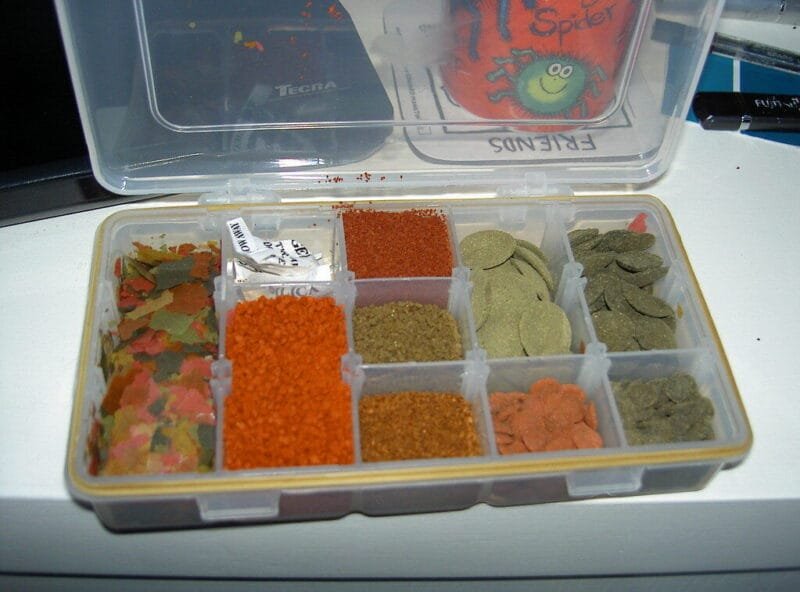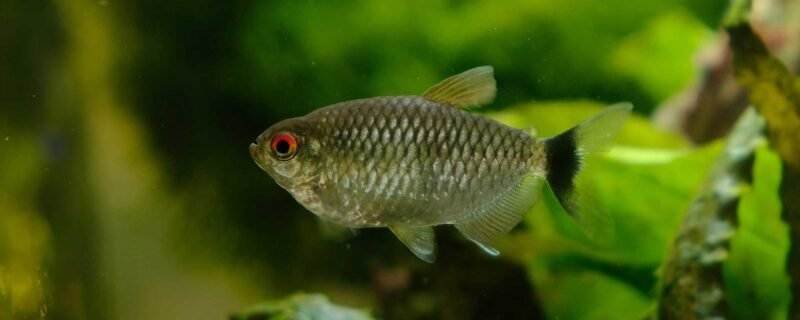Aquariums, with their shimmering waters and vibrant inhabitants, are a breathtaking addition to any space. But behind the scenes, they rely on an array of equipment to maintain that serene and life-sustaining environment. Proper electrical practices, including the use of the right wiring and surge protectors, are crucial to the safety and functionality of your aquatic haven. In this article, we’ll emphasize the importance of these electrical practices and the potential dangers of overloading sockets with your aquarium equipment. Dive in with us to ensure your underwater world stays both beautiful and safe.
The Significance of Correct Wiring
Your aquarium’s pumps, heaters, lights, and filters collectively play a pivotal role in sustaining a balanced environment for your aquatic pets. Each of these components requires electrical power, and if improperly wired:
- Risk of Equipment Damage: Incorrect wiring can lead to short circuits, causing your valuable aquarium equipment to malfunction or become permanently damaged.
- Hazard to Inhabitants: Fluctuations in power can compromise the stability of the aquarium environment, endangering the health of your fish and other inhabitants.
- Safety Concerns: Faulty wiring poses risks like fires and electrical shocks, jeopardizing the safety of your home and loved ones.
The Essential Role of Surge Protectors
Surge protectors act as a shield for your aquarium equipment, guarding against unexpected power surges. Without them:
- Vulnerability to Power Spikes: A sudden power spike can fry your equipment, leading to expensive replacements.
- Unforeseen Disruptions: In the absence of protection, a surge can disrupt the functioning of critical equipment like heaters and filters, endangering the well-being of your aquatic life.
- Extended Equipment Life: Surge protectors can extend the life of your devices by preventing the wear and tear caused by electrical inconsistencies.
The Dangers of Overloading Sockets
Aquariums, especially larger setups, can require numerous devices running simultaneously. However, cramming too many plugs into a single socket or using subpar extension leads can:
- Cause Overheating: Overloaded sockets can overheat, posing a fire risk.
- Lead to Power Failures: Overburdening a socket might trip your electrical system, causing a shutdown of your aquarium’s life-sustaining equipment.
- Shorten Equipment Lifespan: Consistently drawing too much power through a socket can wear out your devices prematurely.
Professional Insight: The Safe Way Forward
If you’re unsure about the electrical setup of your aquarium or if you’re setting up a new tank, it’s always wise to seek professional guidance. A seasoned electrician can:
- Evaluate Your Setup: They’ll assess the power needs of your aquarium and ensure that you’re not overloading sockets.
- Recommend the Best Surge Protectors: Professionals can suggest surge protectors tailored to your setup’s demands.
- Ensure Optimal Wiring: A check by an electrician will guarantee that your wiring is safe, efficient, and compliant with electrical codes.
Conclusion
In conclusion, while the aquatic splendor of your aquarium captures the eye, its unseen electrical setup is the heartbeat ensuring everything runs seamlessly. Proper wiring, surge protection, and balanced power distribution are non-negotiables in the world of aquarium safety. When in doubt, always turn to an expert. Your aquatic friends, your equipment, and your peace of mind will thank you for it. For more insights and expert advice on aquarium care, stay plugged into our blog.





